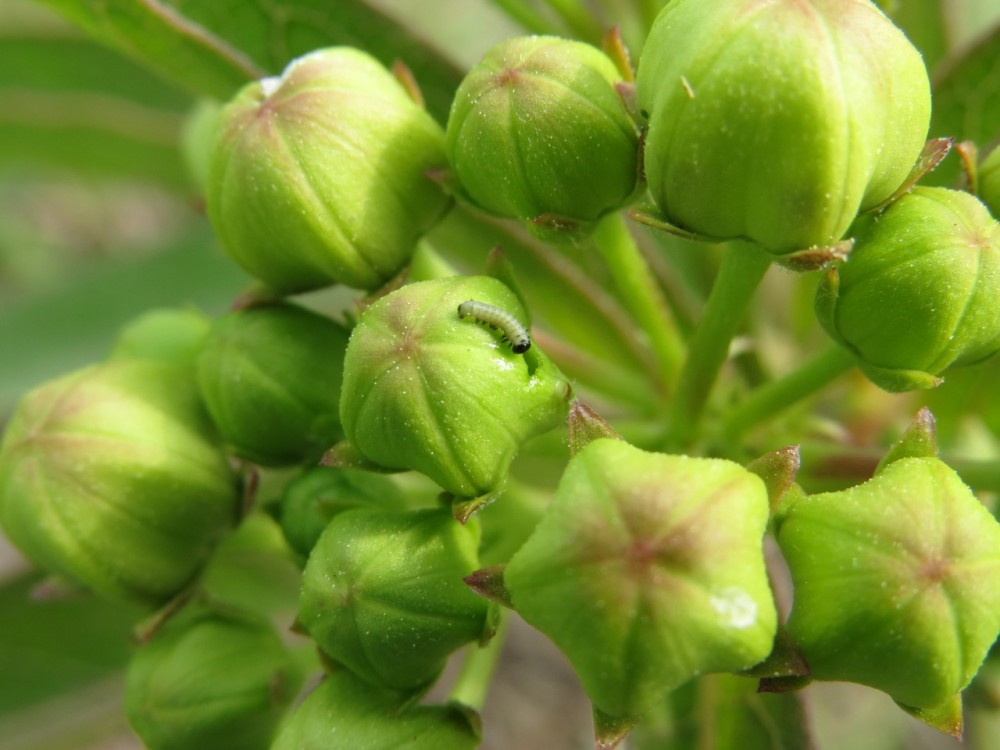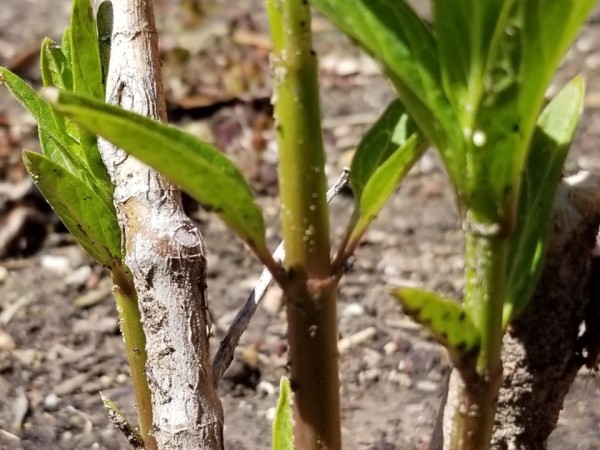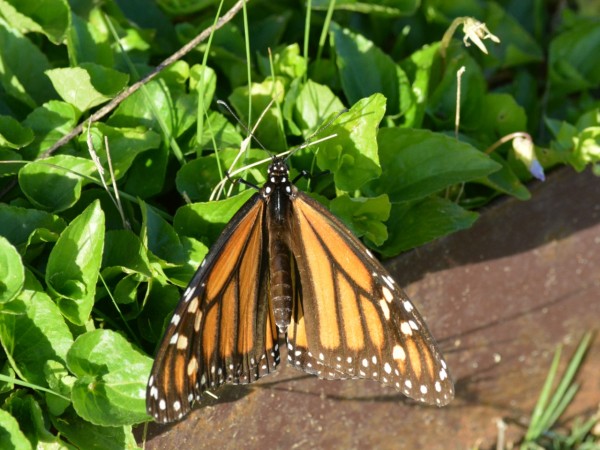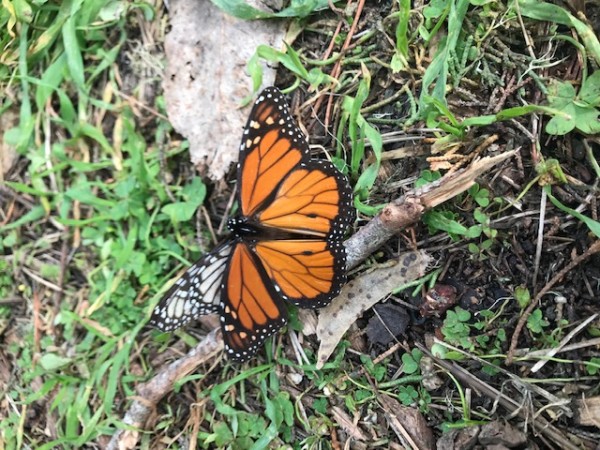Gradual Northward Progress
Eastern Monarch Population
The leading edge of migration appears to be holding steady, with monarch reports being submitted by observers in Texas. There are indications that slowly warming temperatures are encouraging monarchs to move into Arkansas and along the southeastern coastline of the U.S.
Anne in Allen, TX: "First sighting! Evening, flying away from my redbud trees that are just starting to bloom." (03/11/2023)
Anita in Texarkana, AR: "We had three monarchs in our front garden. Not sure they were migrants because of their bright color. Found several eggs on some tropical milkweed that is about 6 inches tall - also have some A.viridis and A.tuberosa coming up..." (03/12/2023)
Terri in Loris, SC: "Two female monarchs were laying eggs...Seems very early for our area, Loris, SC." (03/06/2023)
Milkweed emergence has now been reported as far north as Oklahoma.
Dr. Montez in Tulsa, OK: "Swamp milkweed peaking out from soil." (03/07/2023)
Egg-laying and larvae reports are also being submitted mainly from observers in Texas.
Dawn in Mansfield, TX: "Female flew trough about 1pm. Laid about 7 eggs and moved on. Faded orange but healthy. Sunny, breezy, about 60 degrees." (03/13/2023)
Explore our maps from previous years and see if you notice any patterns.
Western Monarch Population
Letter From Gail Morris: Western Monarch Spring 2023 Report #5
As Gail writes: "The recent winter siege of flooding rains, winds, and feet of snow returned to California this week, blasting the efforts of monarchs to leave on their spring migration. Cold, wet weather has kept many monarchs at their winter groves while record snows packed the Sierra Nevada Mountains further east. This week’s forecast is for a tropical atmospheric river to bring unseasonable amounts of warm rainfall. This rain, and its melting of the snowpack, is predicted to lead to widespread major flooding in many areas of the west."





